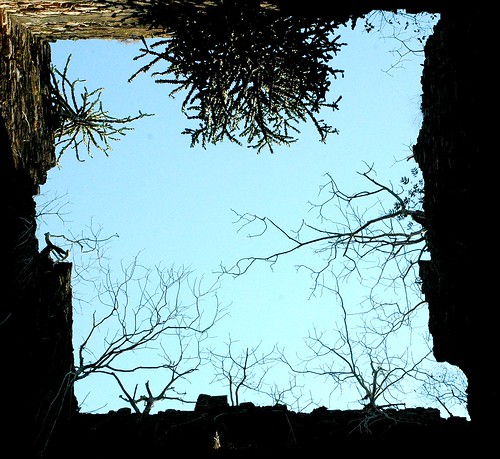
The silence rings through the waist high weeds-green, dense and prickly. I am entangled in the vegetation and yet I walk forward. Thorns pierce through my socks as I brush off the pollen. A rash breaks out as my arms glow red, I know scratching will not help but I do not fight the stimuli. I have realised that in nature’s eye humans are an invasive species. A bulbul watches us from her ivory tower in the mango tree laughing at our endeavour to fight nature’s wall of green. I let myself fall down on the lush wild green grass, close my eyes and think, “I am in Bassein, in search for haunted forts, fallen churches and a lost Portuguese principality-India’s piece of the Renaissance.”
Vasai as we know it now is the site of the ruins of the Portuguese citadel of Bassein. What were once churches, villas and buildings that supported more than 10,000 colonialists is all but overgrown moss ridden stone. I do not know why the Portuguese chose this place to be their imperial capital in India - may be it reminded them of the lavadas of Madiera. If history had played out differently this could have been the site of Bombay [well they would have probably called it something else] and we would have all spoken Portuguese instead of English.
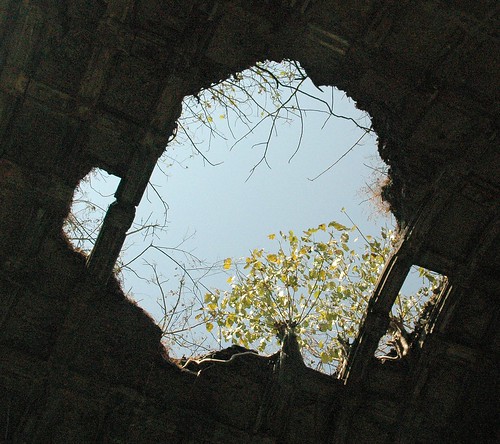
[The Arched remains of a Church]
A rusted ASI signpost briefs us about the heritage structures we have stumbled upon. The signpost itself is an example of the neglect we see around us. Hugo was the buddy with me on this excursion if you wondering about the ‘we’ in the equation. Hugo, is a Portuguese linguist who is studying the Portuguese Creole spoken in Daman & Diu for his Phd. An ideal guide for a visit to the site of a Portuguese ruin don’t you think ? I asked him to translate some of the inscriptions and fill me on some of the history.
Of all the Portuguese forts still existing in India, Bassien, is one of the most imposing and in a better state of conservation. Today Baçaim is a tangle of ruins, the city has, still well preserved, his imposing boundary walls, with his two access doors ("Porta do Mar" and "Porta da Terra") and his 10 bastions. Scattered inside the walls there are the ruins of numerous town-houses and churches, among other things: the church and the convent of the Dominicans, the Franciscan church of Santo Antonio (with numerous Portuguese tombstones, the remains of the cloister and the ruins of the bell-tower), the church of Nossa Senhora da Vida, the church and convents of the Augustinian, the "Camara" palace, the Misericordia, the church Matriz of S. José, the ruins of the Jesuits church and convent. Well preserved are also the remains of the old citadel of Sao Sebastiao.
[source: colonial voyage]
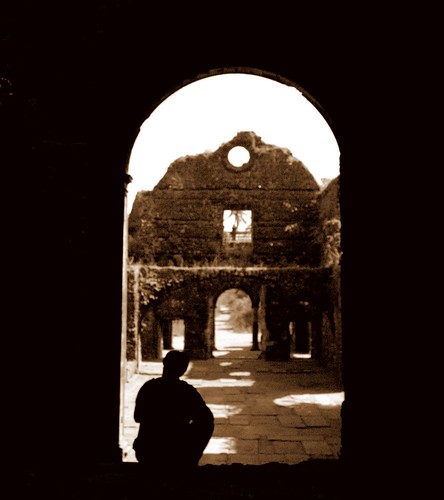
[Silhouette of Hugo at the Alter of the Franciscan church of Santo Antonio]
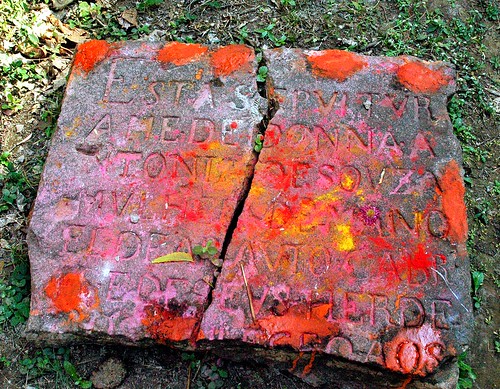
[Hugo translated this for me : Here lies an Iberian Dutchess and her heirs.]
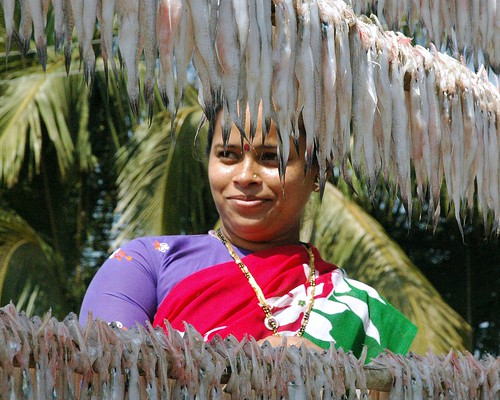
[Who said drying bombil can't be beautiful?]
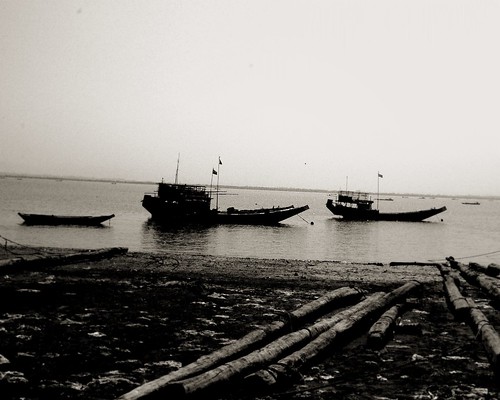
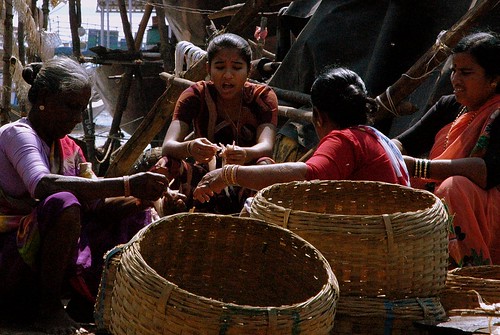
[Warm just like the sun in the morning]
![Mother and Child. [Vasai]](http://static.flickr.com/33/95204180_ad22542e61.jpg)
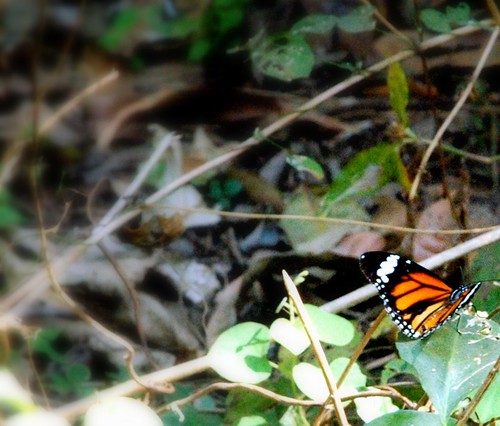
[Painted Lady - Vanessa cardui. We stumbled across a colony of these butterflies. With no gross exageration there were literally a thousand butterflies. ]
One of central reasons I take pictures is to overcome my inarticulacy through imagery. However, sometimes I seem to fail even with the camera in expressing my experiences. Bassien is one of those places which I have failed to express in words, pictures and thought.
If you're interested take a train to Vasai Road and bassein is just a short rickshaw ride away.
Unknown
Hi, We are templateify, we create best and free blogger templates for you all i hope you will like this blogify template we have put lot of effort on this template, Cheers, Follow us on: Facebook & Twitter